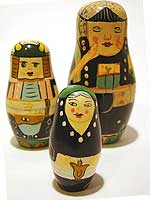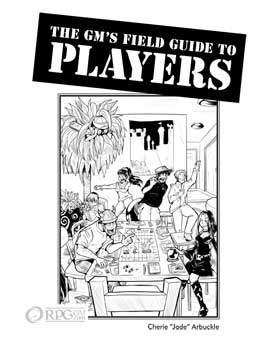With this being Thanksgiving weekend here in the US, I got to thinking about harvest festivals in general. I rarely see harvest celebrations in RPGs and yet in real life, they’ve been an important part of life throughout at least a large part of human history. Harvest festivals bring families and communities together; surely our fantasy worlds would also have similar rituals and festivals?
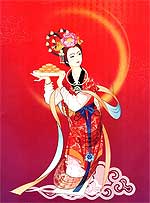 (Image courtesy of http://www.flickr.com/photos/jimmiehomeschoolmom/ / CC BY 2.0)
(Image courtesy of http://www.flickr.com/photos/jimmiehomeschoolmom/ / CC BY 2.0)
Harvest Moon Festival
Celebrated in the 15th day of the 8th lunar month of the year, the Harvest Moon Festival draws family members from far and near to celebrate the beauty of the moon together. The Chinese believe that the moon is at it’s fullest and brightest, symbolizing completion and abundance. Like Thanksgiving in America, people use this harvest festival to give thanks to the gods for the blessings they’ve received over the past year.
This ancient festival is celebrated with parades, brightly colored lanterns, feasting and moon gazing. Children stay up late and lovers holding hands dot benches, hill tops and river banks. The most well-known of foods eaten are moon cakes – small pastries stuffed with a variety of fillings, the most common being a lotus seed paste. Traditional foods for this celebration are red, the color of luck and fortune.
Lanterns festoon public and private areas. Traditional lanterns take the shape of carp, butterflies, rabbits, lobsters and star fruits, among others and are usually colored red. Also known as “Women’s Day”, it makes the beginning of the “dark of the year”, the period of time when the days grow shorter and the nights long. This time of the year is considered yin or female. Women set up altars to the moon goddess Hengo or Chang-o, decorating them with moon cakes, round foods, tea, rice and wine.
When the moon is full, mankind is one
Sources
- Chinese Harvest Festival
- Chinese Mid Autumn Festival or Moon Cake Festival
- Chinese Mid Autumn Moon Festival
- Mid Autumn Festival
- Mid-Autumn Moon Festival 2009

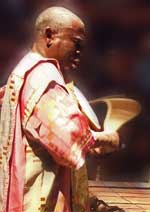 Homowo or “Hoot at Hunger”
Homowo or “Hoot at Hunger”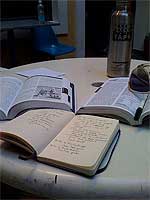 We all struggle with it (well, at least many of us struggle with it) — how do you write an adventure that your players will love? Here’s a collection of adventure creation resources available on the web:
We all struggle with it (well, at least many of us struggle with it) — how do you write an adventure that your players will love? Here’s a collection of adventure creation resources available on the web: